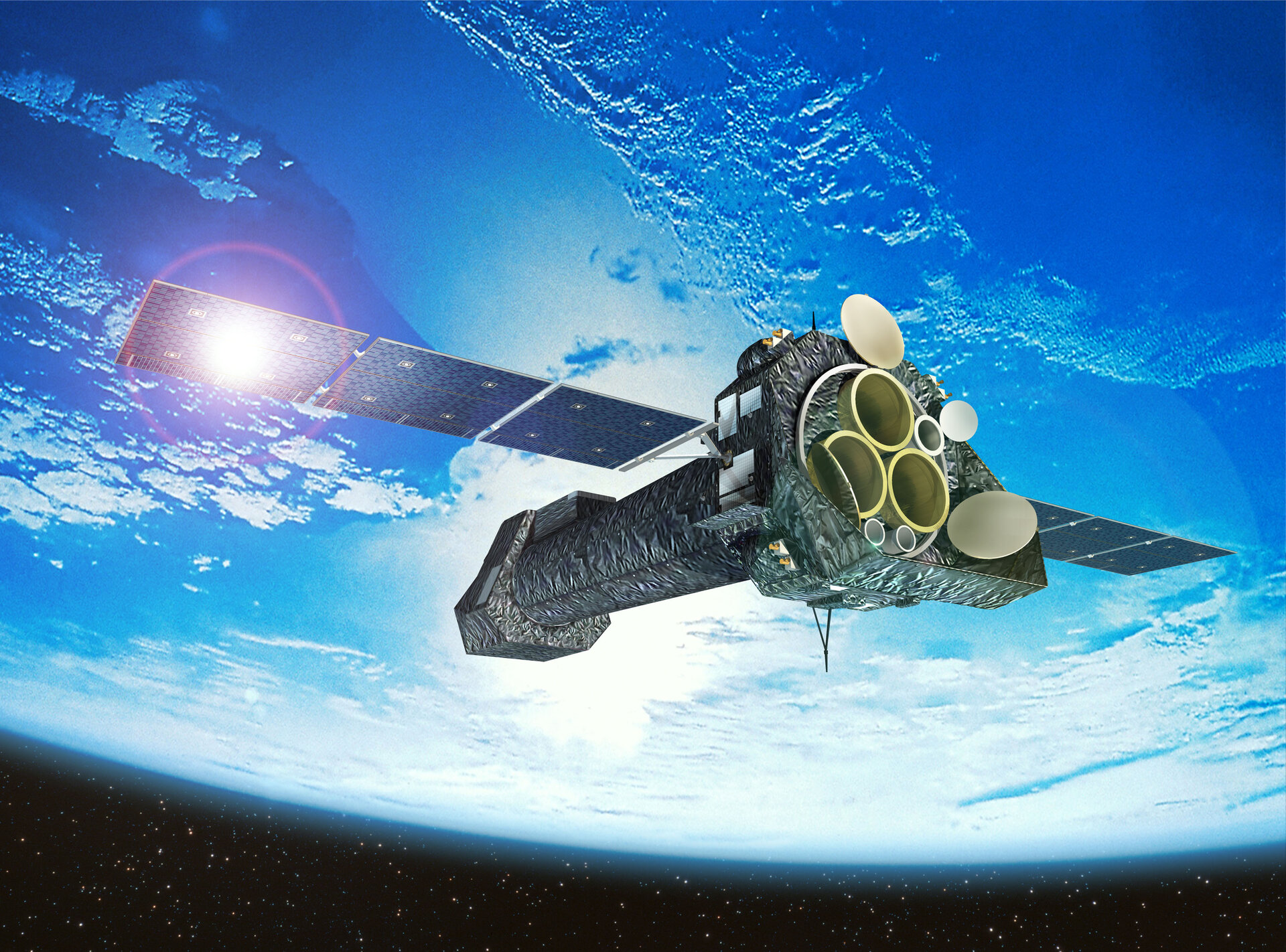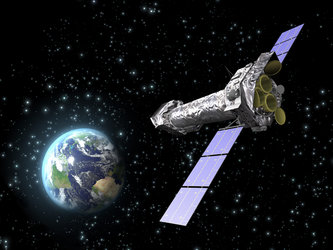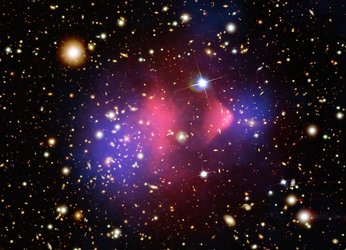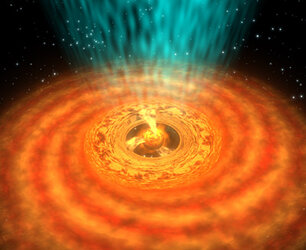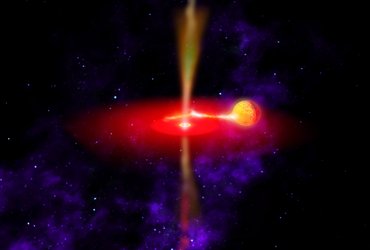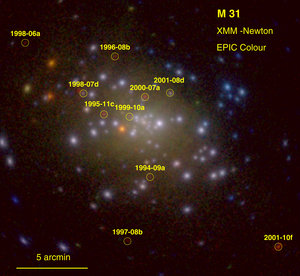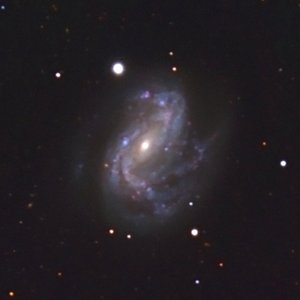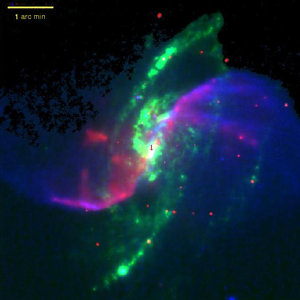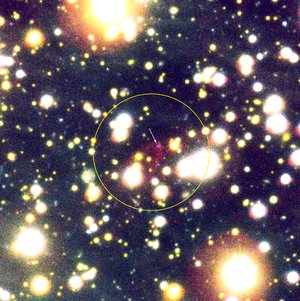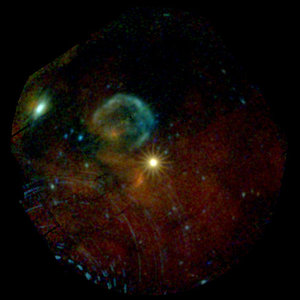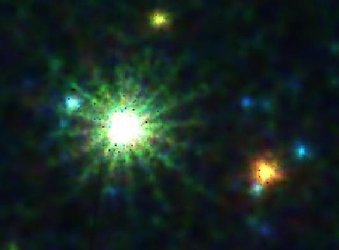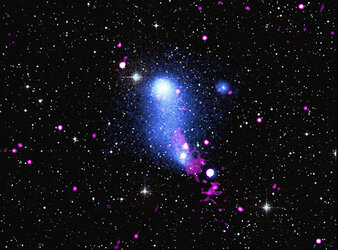XMM-Newton releases the largest catalogue of X-ray sources
The largest catalogue of X-ray sources ever has now been released. The catalogue, '2XMM', has been compiled from observations carried out with ESA's XMM-Newton space observatory over six years of operation.
The 2XMM Serendipitous Source Catalogue is the result of several years of development by the XMM-Newton Survey Science Centre (SSC), a consortium of institutes spread across Europe, on behalf of ESA.
In the study of energetic phenomena in the Universe, ranging from nearby comets to the most distant active galaxies, such a catalogue provides an unparalleled, invaluable new resource of information. The catalogue contains 247 000 X-ray source detections which relate to 192 000 unique X-ray sources, making it the largest collection of objects ever observed in X-rays.
Creation of such a rich catalogue was possible due to XMM-Newton's unique characteristics: a large collecting area combined with good spatial resolution and a wide field of view. The catalogue production process by the SSC has been designed to fully exploit XMM-Newton’s X-ray imaging and spectroscopic capabilities.
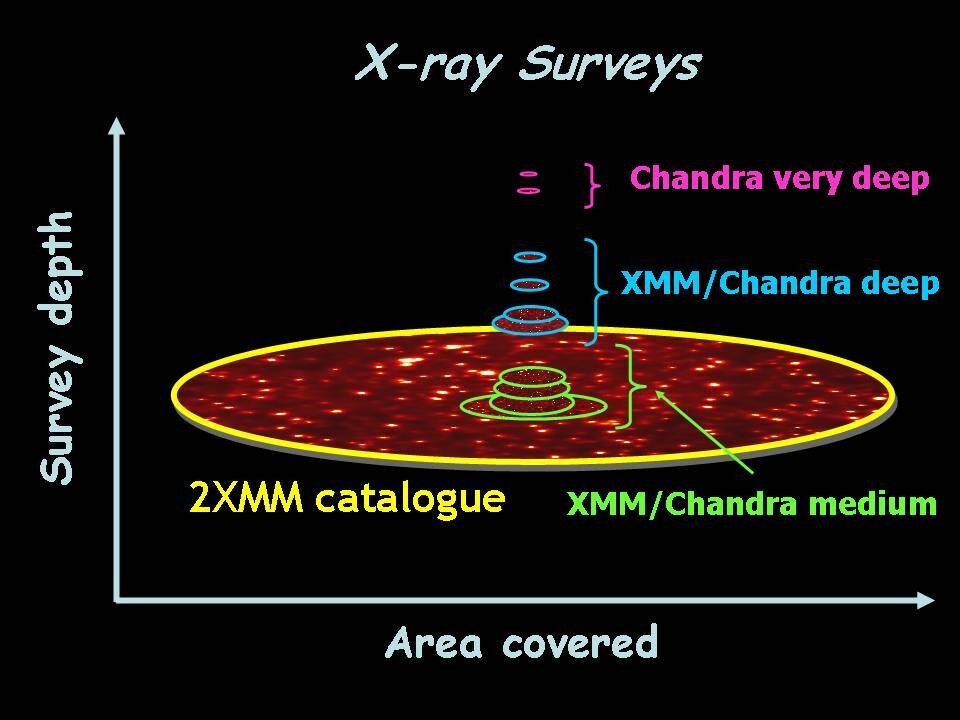
Covering 360 square degrees of the sky, the catalogue complements deeper Chandra and XMM-Newton small area studies and covers the astronomical objects that dominate the X-ray background spread across the Universe. It provides a unique dataset for generating large, well-defined samples of various types of high-energy astrophysical objects. X-ray selection is the most efficient tool to pinpoint such objects.
The large sky area covered by the catalogue makes 2XMM a rich resource for exploring the overall properties of the X-ray source populations. Its large size makes it an especially powerful tool for the discovery of rare and unexpected objects.
The catalogue itself is complemented, for the first time, by X-ray spectra and light-curves of the brighter sources. This additional data forms a very valuable scientific resource in its own right, providing detailed diagnostics of astrophysical processes taking place in these brighter objects.
Notes for editors:
The XMM-Newton Survey Science Centre, led by Prof Mike Watson at the University of Leicester, is a consortium of the following institutions:
University of Leicester, UK
Mullard Space Science Laboratory, University College London, UK
Institute of Astronomy, Cambridge, UK
Max-Planck Institut für extraterrestrische Physik, Garching, Germany
Astrophysikalisches Institut, Potsdam, Germany
Service d'Astrophysique, CEA/DSM/Dapnia, Saclay, France
Centre d'Etude Spatiale des Rayonnements, Toulouse, France
Observatoire Astronomique de Strasbourg, France
Instituto de Fisica de Cantabria, Santander, Spain
Osservatorio Astronomico di Brera, Milan, Italy
XMM-Newton, ESA’s space-borne X-ray observatory is the biggest scientific satellite ever built in Europe. Its telescope mirrors are the most sensitive ever developed in the world, and with its sensitive detectors, it sees much more than any previous X-ray satellite.
XMM-Newton was designed and built to return data for at least a decade. It has detected more X-ray sources than any previous satellite and is helping solve many cosmic mysteries of the violent Universe, from what happens in and around black holes to the formation of galaxies in the early Universe. The satellite uses over 170 wafer-thin cylindrical mirrors spread over three telescopes. Its orbit takes it almost a third of the way to the Moon, so that astronomers can enjoy long, uninterrupted views of celestial objects.
For more information:
Mike Watson, University of Leicester
Email: Mgw @ star.le.ac.uk
Norbert Schartel, ESA XMM-Newton Project Scientist
Email: Norbert.Schartel @ sciops.esa.int


